November 2017
27th November - Chilli all around this week - With cold weather upon, us, it was definitely time to harvest the remaining chillies from the slightly frosted plants left in the polytunnel. It was an amazing quantity, as you can see from the picture above, so straight into Harvest Monday we go:
Top row: Lemon Drop & Padron
Middle Row:Serrano, Yukari Baken,Jalapeno, Hangijiao1,Trepadeiro Werner & Hungarian Peach
Bottom Row: Alberto's Locato Roccoto & Joe's Long Cayenne
Bearing in mind we have been eating them since August, shared lots and made all sorts of pickles and preserves, I was surprised how many chillies we ended up with for this final harvest.
I have set aside some to share with family in the next few days and frozen some of the green Alberto's (without their slightly scary dark brown /black seeds) and some green Lemon Drops. Usually I string some up to dry, as ristras, but with this amount it would be difficult to find places to hang them all, so I decided to experiment with dehydrating them instead. When I have dehydrated apples or other fruit, the smell has filled the house, and very nice it was too, but I was unsure sure how pungent the smell of drying chillies would be, so I set up the dehydrator in the garage rather than the kitchen.
-
I took the seeds out of these Serranos, so that the resulting chilli powder won't be blistering hot. It took ages and I ended up with holes in my rubber gloves!
-
Some folk do like very hot flavours though, so these ones have seeds left in. Any spare will be sprinkled by the beetroot as a rodent deterrent in the Spring
-
The Lemon Drops were easier to deal with as they were not packed solid with seeds like the Serranos. It'll be interesting to taste the resulting yellow chilli powder
With the Yukari Bakens, I just sliced off the stalk end as they are relatively thin walled. The first batch, six trays in total, took 9 hours to dry to a crisp. I have stored them in airtight boxes for now, until I can borrow my son's spice grinder to turn some into chilli powder and cayenne pepper; some will be crumbled for chilli flakes too.
Currently in the dehydrator are a tray of seed-free Alberto's, one of green Padrons and one of sweeter red Padrons and Hangijiao1s. As they are much thicker walled varieties, I am expecting them to need an extra couple of hours of drying time.
The chilli plants themselves have been chopped up and put in the compost bin, giving me space to have a really good clear up in the polytunnel. With it being below freezing outside despite the sunshine, it was a real treat to work under cover. In the sunshine the chillies looked like glass lanterns hanging from the plants. The leaves though were looking the worse for wear, and I was glad to be able to gather them up before they developed grey mould
All in all, a chilli harvest to celebrate this year
Now all the debris was cleared away, the tunnel looks really tidy, with plenty of space for Winter crops to grow on, and for planting anew in the Spring.
The Yacon tubers are ready to harvest, and I hope to show you these next week. We are gradually eating our way through that first potful, having not been sure if we would like them.. so far we have added them to spicy scrambled egg, crunchy salad and had them roast in the oven with other vegetables. Pretty good!
Let's move on to look at some of our other harvests this week: Carrots (Autumn King, shown here with some sage) and Kale (Raggedy Jack) All very tasty with our roast dinner last night!
We also had leeks braised in butter with black pepper and thyme. You can clearly see here the difference between the leeks grown under enviromesh, and those uncovered, as these last have been attacked by either Leek Moth or Allium Leaf Miner. The tracks of the grubs can clearly be seen, and inside the white barrel of the leek are tiny orangey-brown pupa, causing even more damage.
On our Allotment Site, these pests are now rife, and so next season all our leeks and onions will be protected from early Spring right through to late November, which is when the adult insects are around. It will be an inconvenience to have to remove the netting in order to weed the crops, but worth the extra work, as they can develop without being damaged, and will be much stronger too
That is all we have harvested this week.
Having sorted through the seed tins and listed what will be needed next season, I could take full advantage of discounts for "Black Friday". I tried very hard not to get sucked into buying seeds of novelty vegetables we would be unlikely to eat much of, and stick to the list. I was especially pleased to be able to buy seeds of Diva Cucumbers for 80p rather than the original price of £3.25!
My next job is to package up the seeds collected from our own plants that have been drying on the desk in the kitchen for a while now, put aside those destined for Seed Circles and Pass-the-Seed-Parcel and then put away the ones we shall sow oursleves in their sections in the seed tins. After all, it's not long until sowing for next season will begin, starting with onions in a few weeks' time
I made the most of the dry weather this week to carry on clearing up in our garden at home, and replanting the stone troughs outside our back door.The cyclamen and pansies are a great improvement on the straggly antirrhinum plants. and look very cheerful. Surprisingly, the spider plant, which looked in a bad way, seems to have perked up too, with some fresh compost aroundd its feet. Goodness knows if it will survive the Winter outside, but as I have some others in the greenhouse, I shall leave it there, and if it lasts, all well and good.
And to end this week's entry, is a picture of the ground by our site gate. Whoever would have thought that a beech leaf would fall exactly into the centre of a toadstool cap? It took my eye, so lovely there in the sunshine; a real picture of Autumn in miniature!
That is the end of November's blog entries, with the start of Winter fast approaching. Thank you again for reading this
PS I haven't forgotten the Latke recipe I promised, but the batch I made was rather doughy, so I shall try again this week, hopefully with something light and crisp as a result. I am thinking I might put leeks in them too.... we shall see
If you'd like to read more about Harvest Monday, have a look here at Dave's hosted pages:
and if you would like to contact me, you're very welcome, on:
info@alitttlebitofsunshine.co.uk
and I'll get back to you as soon as I can
20th November - All neat and tidy now! After a real push this week, I feel almost ready for the Winter weather, with all the unoccupied beds safely under their cold-weather covers and all the debris from flowers removed to the compost bin.
At last I have had time to take off the netting from the big brassica bed on #145 to pull out weeds and remove the old and yellowing leaves from around the base of the plants. These could so easily rot if left lying around, plus they smell bad too. As all the plants are looking healthy, I'd like them to stay that way as long as possible. The savoys (picture above) look very good and should stay useable for some weeks yet: they are pretty impervious to cold.
The spotting on the outside leaves of the ballheaded cabbages is due to the weather I think, as it doesn't go any further into the body of the cabbage.
There is also something quite unusual growing in the brassica bed alongside the cabbages and curly kale. I sowed some old seed of Romanesco cauliflower, the one with those beautiful lime green geometric-looking heads. Only one seed germinated and grew into a spindly plant, which I gave a chance to by planting it out alaongside the calabrese and cauliflowers, that we have already eaten. It has had plenty of space, but has grown really slowly....
...and now there is this odd looking plant, which has small broccoli-like shoots growing from the leaf axils, as well as this large head. Not sure quite what it is, but I guess we shall eat it anyway!!
Let's begin with Harvest Monday, linking to Our Happy Acres as usual. Always interesting to see what folk elsewhere, including those growers in other countries beside the UK, are currently harvesting.
First to the table this week, unsurprisingly, is cabbage. One of the smaller ballheads made some excellent coleslaw, with enough left over to steam with butter and black pepper to accompany Toad-in-the-Hole. As you can see, carrots were also involved: pleased to find some still unchewed by rodents.
We still have plenty of leeks, which is good as they need to last us right through until late Spring if possible. They are super-hardy, and even survive if the soil freezes solid around them.. let's hope it doesn't get quite that cold this year! These went into a pasta dish with the parsley, and some very spicy rocket leaves.
The rocket was given to me by a plot neighbour as teeny tiny plants, back in early September, and they are now about a metre tall, with large juicy leaves and lots of small white flowers. Thank you, Jane! It has figured in salads from to time to time, but it worked well being cooked like spinach, so will be doing this again. Jane made some pesto with hers, which she said was a great success. We are still eating our way through our nasturtium leaf pesto, but if the rocket continues to be as prolific I might well be using it for pesto too.
This week saw the last picking from our sweet peppers in the polytunnel. Some of them are slightly imperfect, but sliced and cooked in with the meatballs, this was unimportant. We have had the best harvest ever this year, depiste the plants being a little close together and growing under the shade of the cucumber plants.
And ends our harvests we intended to eat or store to eat
There are however, two other important harvests, that although edible, we shall not be eating...
-
The first is our Dahlia tubers. We dug them all up this year to protect them from frost and rats, after last year's losses. They are in the frost-free greenhouse at home, safe and sound upside down in their crates, until they start into growth again in the Spring
-
And then there's Oca. For several years these were prolific, but then this year rodents decimated our harvest. I've managed to collect some to plant again next season, but in pots this time,so that perhaps we can eat some ourselves
I have taken down the large net which supported the cucumber plants, removed the pepper plants now they have stopped flowering and dug over that section of ground in the polytunnel. Back in September I sowed some Winter Hardy White Lisbon spring onion seeds in modules, and the little clumps of plants are now set out to use half of this vacant space. They will not grow much during the Winter, but come next Spring will take off as the weather warms up again, for a nice early crop. The curled parsley plant at the end of the bed looks squashed because it is... I accidentally trod on it, but I left it in as it might recover eventually.
To maintain a good variety of fresh harvests, especially for salads, planning ahead is key, so I sowed some Mixed Salad Leaf seeds in a tray this week. The forecast is for some pretty cold weather next week, so I shall bring the tray home to keep in the greenhouse to ensure they germinate. There is plenty of space in there at the moment, so we might as well take full advantage of it.
And that is where this week's blog entry finishes.
I try to end with flowers from our plot or the garden, or even with wildlife that we have seen during the week, but right now, with warm days and some colder nights, Autumn colours are really coming into their own, so I thought I'd share the view from our site gate with you all instead
The Oak tree, the Cherry tree and the Beech hedges look beautiful with their varied golds and reds, and by this time next week, the trees may well have dropped their leaves, so let's admire them while we can
Thank you for your kind responses to last week's posting, including the recipes. It sounded as though there might have been quite a few people making potato cakes for the first time, too! An extra thank you to Lesley B for telling me about the Potato Latkes from her childhood, which I shall try during this coming week. Assuming I manage something edible, I shall share the method with you as soon as I can. It is always good to have new ways of using familiar vegetables isn't it?
See you all next Monday!
If you'd like to read more about Harvest Monday, have a look here at Dave's hosted pages:
and if you would like to contact me, you're very welcome, on:
info@alitttlebitofsunshine.co.uk
and I'll get back to you as soon as I can
13th November - Surprise crops!! Whilst clearing up in the carrot bed, several decent-sized carrots were unearthed in an area I thought I'd cleared. The mice had nibbled off the leaves, so it wasn't easy to see them until digging, exposing their orange roots. There are more further along, but these came as a bit of a bonus, along with some yellow turnips and some mooli...lovely. As you can see from the photo, thinning out the turnips would have given better sized roots - the large one had been growing on its own, and the smaller ones in a clump. They were almost invisible under a blanket of Red-Hot Poker foliage, so had been forgotten, but I trimmed back the offending leaves to give the remaining few some light and air.
The best surprise of all came from the China Rose radishes, which I sowed about six weeks ago, hoping it was not too late for them to develop a little root or two... and just look! Glorious shocking pink, succulent radishes!! They were so juicy and spicy that they didn't last long. I am hoping that despite the cold snap, the remaining ones carry on growing. I am not sure that they are fully hardy. I know the turnips are not, so the small protection given by the enviromesh might help for a couple more weeks.
Harvests this week have been varied, with leeks joining a "first" for this season: red cabbage. These are a small-headed, club root resistant variety, Lodero. I took the enviromesh cover off them this week, replacing it with a more open-weave net. Should we get any snow in the Winter, it will be less likely to cause the frame to buckle under the weight, and still keeps the pigeons off. Since we have had some frosts, the cabbages have turned an interesting dark blue, rather than red: delicious braised with apples and onions.
(The enviromesh over the carrot bed is held up by plastic hoops, which will just lean over under any weight of snow, rather than twist or break completely)
Another valuable crop for us - herbs: Flat leaf Parsley (mashed potato, and old-fashioned potato cakes) Thyme and Bay (beef pie filling, with garlic harvested a few weeks back) and, coriander to garnish spicy meatballs. It makes all the difference to be able to use freshly picked herbs. I am glad the parsley plants moved into the polytunnel last week seem to have taken; the protection might prolong their useable life a bit, which'll be good
Chillies are still available as required, and it is nice to be able to welcome now plot holders to the site with a small gift too
These small Florence Fennel plants came out whilst I was weeding around them. They made a tasty addition to some stir fry, with the stems being tender enough to use as well. I am not sure how much larger the ones growing outside will actually get now, but at least I know they are good enough to eat, so can pull them out if they look like they are flagging in the cold
That is the end of this week's harvests, linking as usual with Harvest Monday, hosted by Dave at Our Happy Acres ... see the link at the end.
The plot clearance goes on, with all the veg beds not currently occupied on #146 are now "under wraps" for the Winter, with only two halves on #145 to go. The compost bin emptied last week has been re-filled right to the top again, although of course the level has subsided somewhat already. It is surprising how much foliage etc has needed chopping up, but it is all in a good cause... next year's compost
This week I took in all the Agyrathemum plants, the pelargoniums and the half-hardy fuchsias, to the relative safety of our greenhouse at home, which we keep frost-free throughout the Winter. All the plants were cut back hard, both top growth and roots, for two reasons. Firstly they take up much less space and can fit in smaller pots, and secondly it encourages the plants to put on fresh feeding roots and flowering growth next Spring.They are on the floor, which is the coolest place,I shall keep them just damp until it is time for them to come back into growth. No need for them to hurry. Every so often I shall look them over and take off any discolouring leaves, to try and avoid any grey moulds developing. Come the Spring, they can have a dilute feed or two as well to get them off to a good start.
I cut all the flowers so that we could enjoy them indoors for a while: it seemed such a shame to consign them to the compost straight away
The Agyranthemums were grown in troughs this year, but with some encouragement, I think they may grow quite large in the open ground. Something to think about when mulling over plans for next year
And this is the end of A Little Bit of Sunshine for this week. I thought some of you might be interested in seeing the photo of a Red Tailed KIte sitting by the gate to our site, calmly surveying the plots for food. They are very numerous in Reading now, supported by many people feeding them regularly: lovely to see them in the skies.
A must also mention our newest acquisition: a juicer. OK, so maybe that doesn't sound too exciting, but with our vast supply of apples this year we thought we should look for an enjoyable way of using them. Welcome to The Juicer. It turns two large whole apples into 250ml of thick, flavoursome juice within seconds, which obviously tastes of ... the original apples!!!
More to follow next Monday... watch this space
PS Recipes for Braised Red Cabage and Old-fashioned Potato Cakes in Recipes 2017 at the top of the page
If you'd like to read more about Harvest Monday, have a look here at Dave's hosted pages:
and if you would like to contact me, you're very welcome, on:
info@alitttlebitofsunshine.co.uk
and I'll get back to you as soon as I can
6th November - From one extreme to another - It's been an odd week, weatherwise. Some days it is bright and sunny, warm enough to work outside in shirtsleeves, others it has poured, and I mean poured, with rain, some very foggy mornings, and then clear nights with sub zero temperatures. I guess that's Autumn ... unpredictable, and as I said,one extreme to another.
Fine weather has given us the chance to really forge ahead with Winter preparations though. One of the big jobs is unloading compost from the oldest bin. I realise that to the untrained eye, this does not look very exciting, but to a gardener... wow!! Half a cubic metre of gorgeous, dark brown, crumbly compost, just right to add to the soil on three or four beds to boost organic matter and feed those all important soil microbes and worms, ready for crops next Spring. It has gone on the beds which will be for parsnips and for Spring-planted onion sets, as well as a top dressing for the squash bed (which will also have manure trenched in around April too) The rain gave everything a good soak and now those beds are safely covered up for their Winter rest. I am a great believer in giving soil a regular rest from growing crops every now and then, and in our rotation at least two out of every four years the beds have a four month break.
The second compost bin, which will be ready to unload in the Spring, will be mainly used in the polytunnel, and the third one has now been closed over to start its long rot-down. It should be useable next Autumn. Bin one, now empty, will be slowly filled with kitchen waste and chopped greenstuff from the plots to provide Nitrogen for future crops, whilst quantities of shredded paper, torn up egg boxes etc will provide Carbon to give both elemental balance and space for air in the mix too: saves everything going slimy. A good handful of red worms from the unloaded compost will help things get off to a good start too. These worms feed on decomposing vegetable matter and are a different species to those that live in soil itself.
I could go on about compost for a long time: it is a really key harvest for us, but I shall move on to look at more traditional harvests for this week now, linking to Harvest Monday hosted by Dave at Our Happy Acres in USA
The bed with swede plants in it has been cleared, and what can only be described as neonatal swedes chopped into the compost. yet again, despite my best effort, they have not been worthwhile.
However, the three dwarf curly kale plants sharing their space had done rather well. We took the plants right out, as there are plenty elsewhere. I often see references to Kale Crisps, as a healthy alternative to those made of potato, so I duly found a recipe that sounded good, that included Ras Hanout. I made some with salt and black pepper too. After roasting the leaves as described, we carefully tasted them, and shared some with our neighbours from two doors down: they were very polite but didn't want more than one. Not a recipe I shall be repeating, as they were not to our liking either. So much so that the remaining ones were thrown away. I am not even saving the recipe as I cannot imagine an occasion where I would want to cook them again.
Next to the table are Pumpkin seeds. We grew a couple of Lady Godiva naked seed pumpkins, and this week harvested the seeds. The flesh is fairly tasteless, but the seeds more than made up for it. Our neighbours were very happy to consume as many of these as available!! Recipe is in Recipes 2017, with a tip about roasting regular squah seeds. I think the seeds without a hard coat are called pepitas in the USA.
Seems a shame to throw away something that could be good to eat!
Another occupant of that fated swede bed was Flat Leaf Parsley. These were all self seeded plants, and have provided us with a regular supply of parsley all Summer. I moved some of the smaller plants into the shelter of the polytunnel, hoping for Winter crops, and moved the edge of the plastic cover for the bed over slightly to allow a large plant space to continue to grow.
It is a very versatile herb, and we include it in green salads, use as a garnish or in dishes such as fish cakes... and all for free!
Chillies are still one of our regular crops each week. These are a small variety, Razzamatazz, that have a good fruity flavour. One of these will be dried for seeds for the coming year. I must sort through what I have already saved to make sure I have enough of the varieties for the Seed Circle and friends who have asked for some, as well as ours as well of course
Other harvests have included carrots, turnips and mooli, as well as coriander leaves, and the last large picking of nasturtium leaves for another batch of pesto. We had a very hard frost last night, the coldest nights of the season so far, so I was glad I'd made the effort to gather these yesterday afternoon! (Recipe in Preserves Oct)
Nasturtiums have been such a high value crop for us again this year, but part of its charm is the seasonal nature of the plant: I shall have to move on to Rocket Pesto for a while, and enjoy the different spiciness of the leaves.
One of the jobs I dread each year is pruning out the fruited canes of the blackberries along the fence, even though these are thornless. It took hours, but the old canes are now on the greenwaste dump ... if we had a shredder we could have composted them, but they really were too tough for cutting into small pieces with secateurs ... and the new canes for next season's crop neatly tied to the wire supports.
Whilst I was taking out the old growth, I came across this empty wren's nest, a ball of moss with a single feather inside the hollow centre. I replaced it amongst the new canes, in the fond hope it might give shelter to some birds during the Winter. You never know.
Part of our clearing up at the end of the season is to consider where large plants such as Verbena bonariensis would be best placed next year, so that we can move them while the soil is still warm. This photo was taken back in September, but there are still lots of fresh flowers opening, which is good news for the last few butterflies still around
There was a bit of a surprise in amongst the verbenas and calendula: Dutch Iris flowers, and in a colour we have never had before. I remember having a handful of corms in early Summer and nowhere to plant them, so just poked them in here and there. The flowers are of course very late, but hoepfully the corms will survive the Winter and flower again, at s more usual time next year. They are certainly very pretty
Here, to end this week, is a very seasonal photograph taken one foggy morning this week on our garden gate.
I hope you have enjoyed this week's blog. I shall be back next Monday to share our harvests and our progress, hopefully with all the tender plants in under cover by then.
PS The yacon tasted very good in stir fry, and so far there have been no ill-effects from eating them!
If you'd like to read more about Harvest Monday, have a look here at Dave's hosted pages:
and if you would like to contact me, you're very welcome, on:
info@alitttlebitofsunshine.co.uk
and I'll get back to you as soon as I can

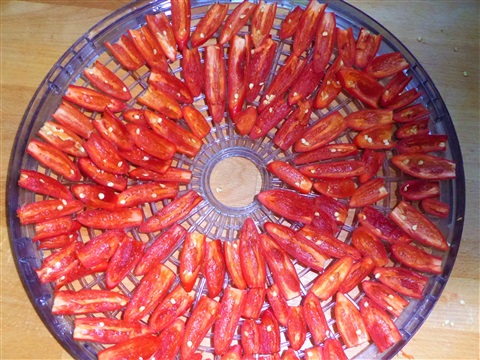

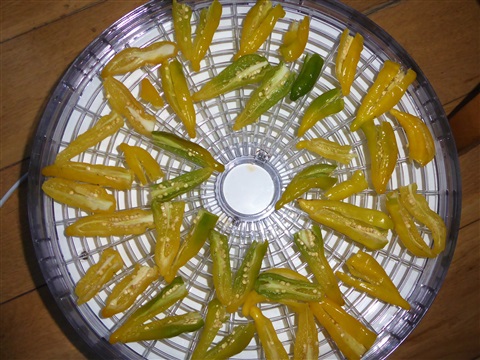

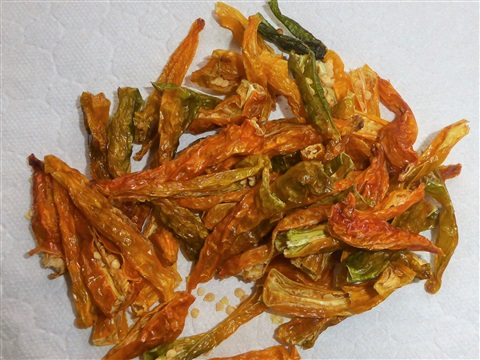
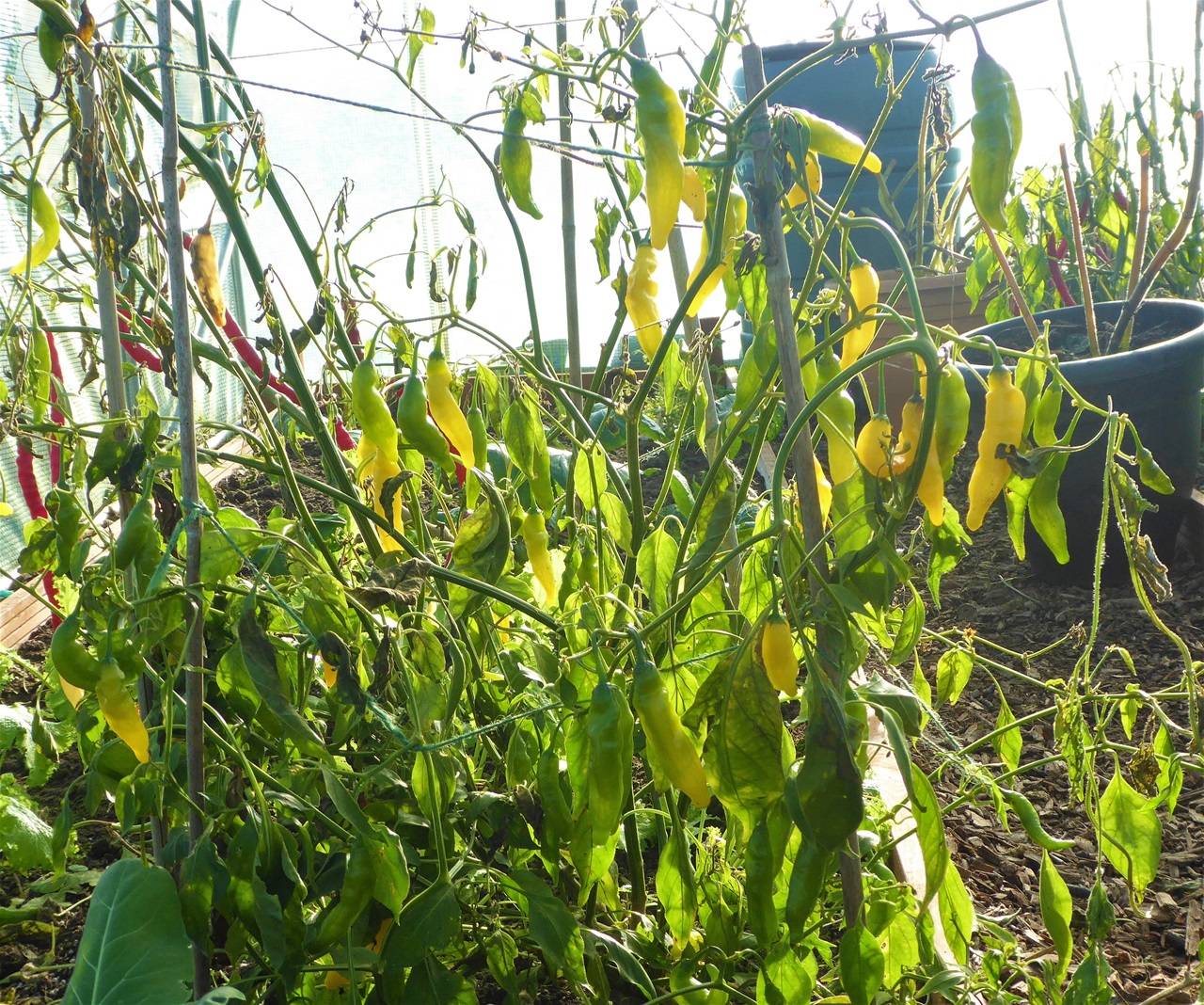
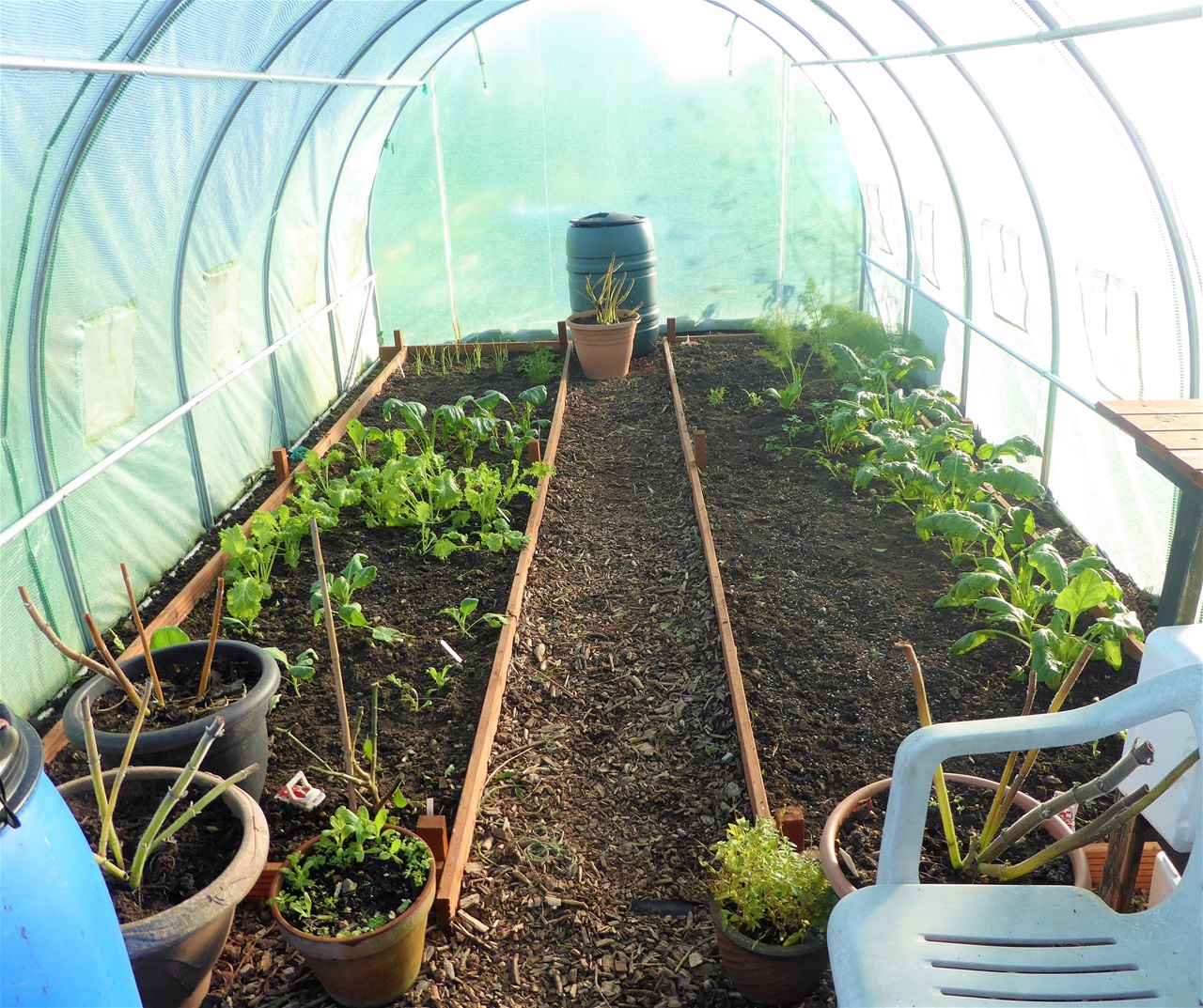
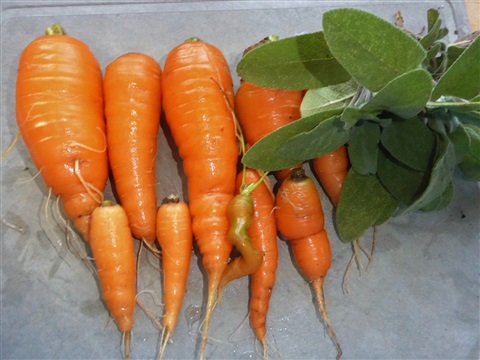

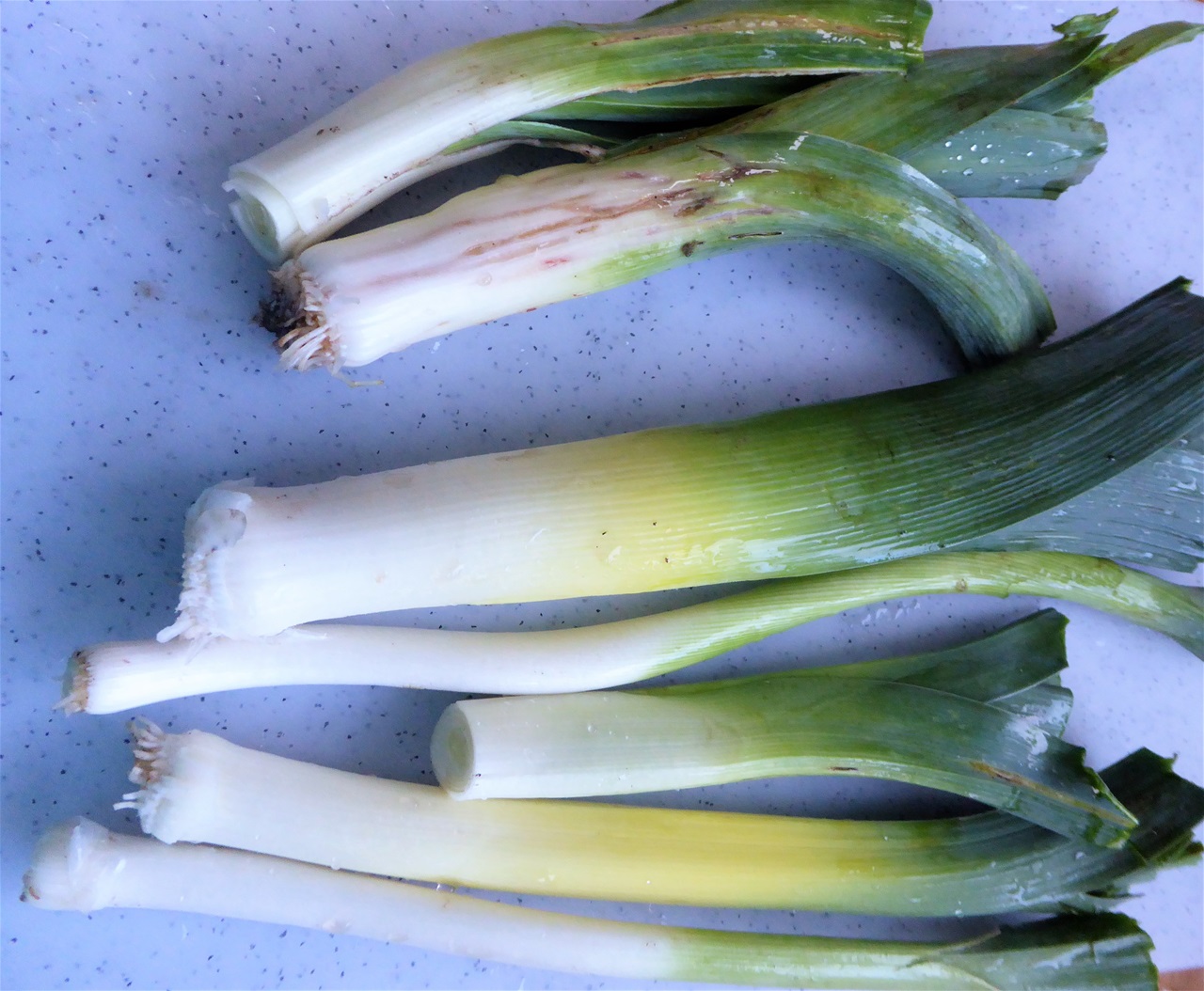
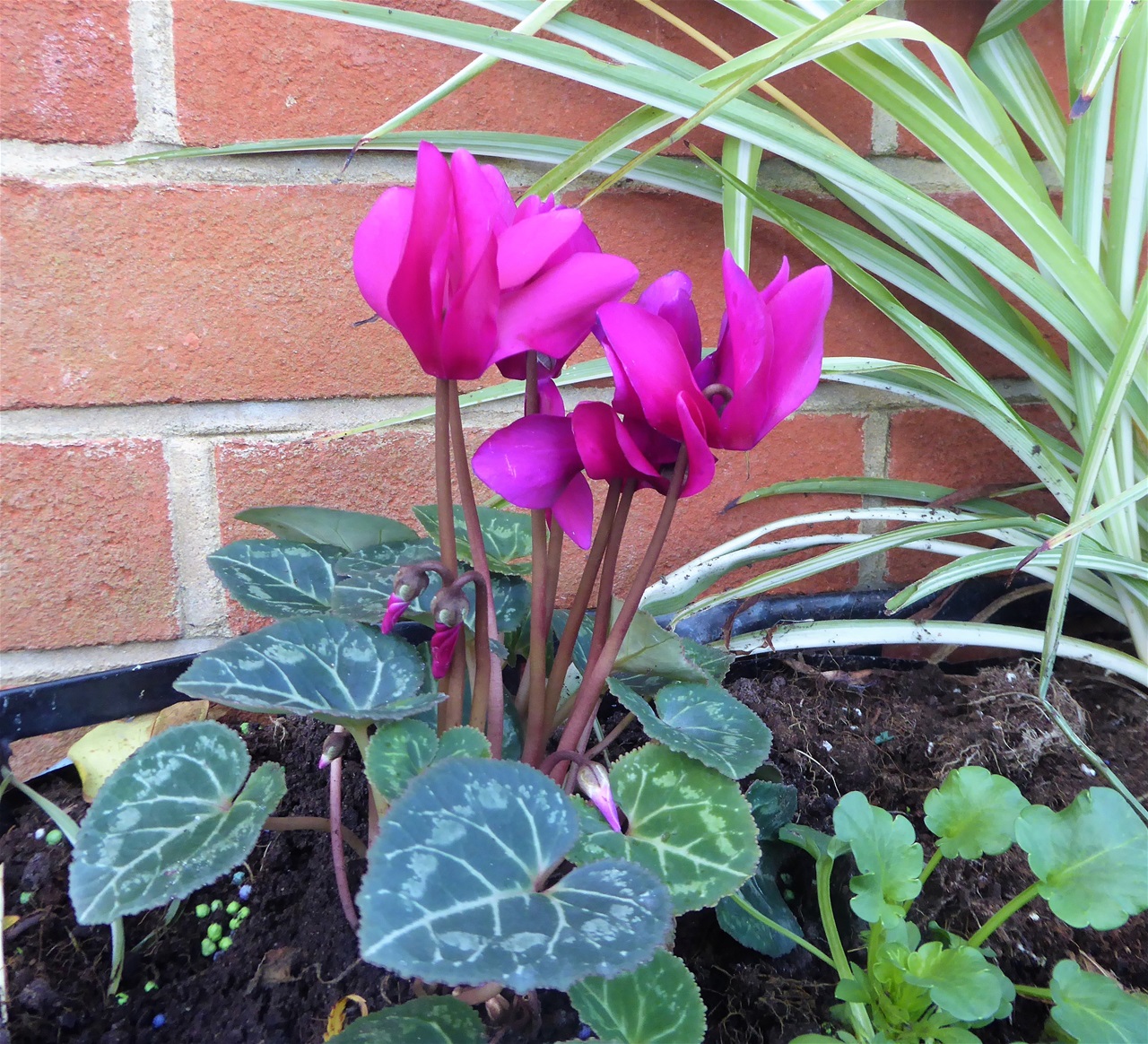
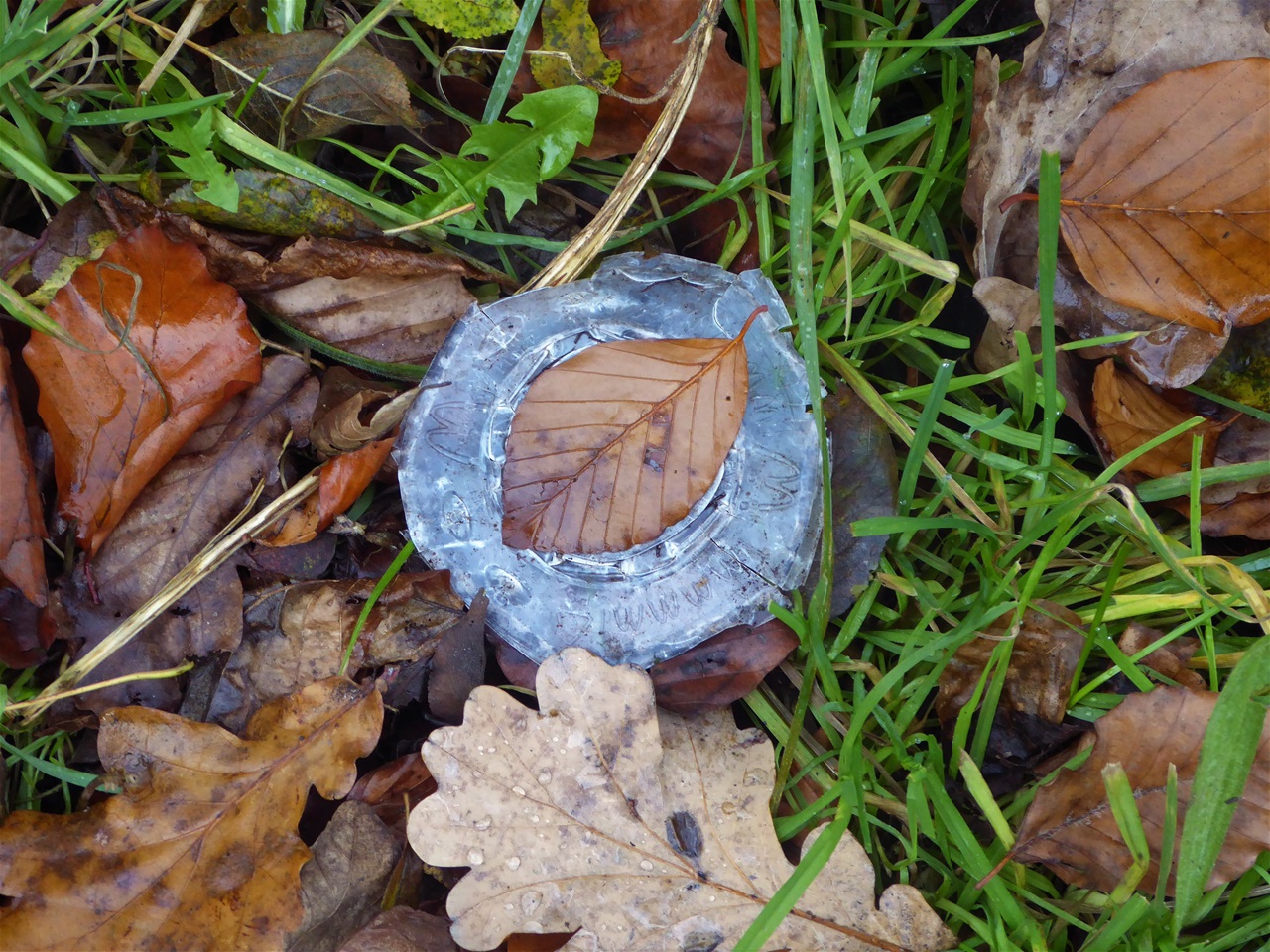
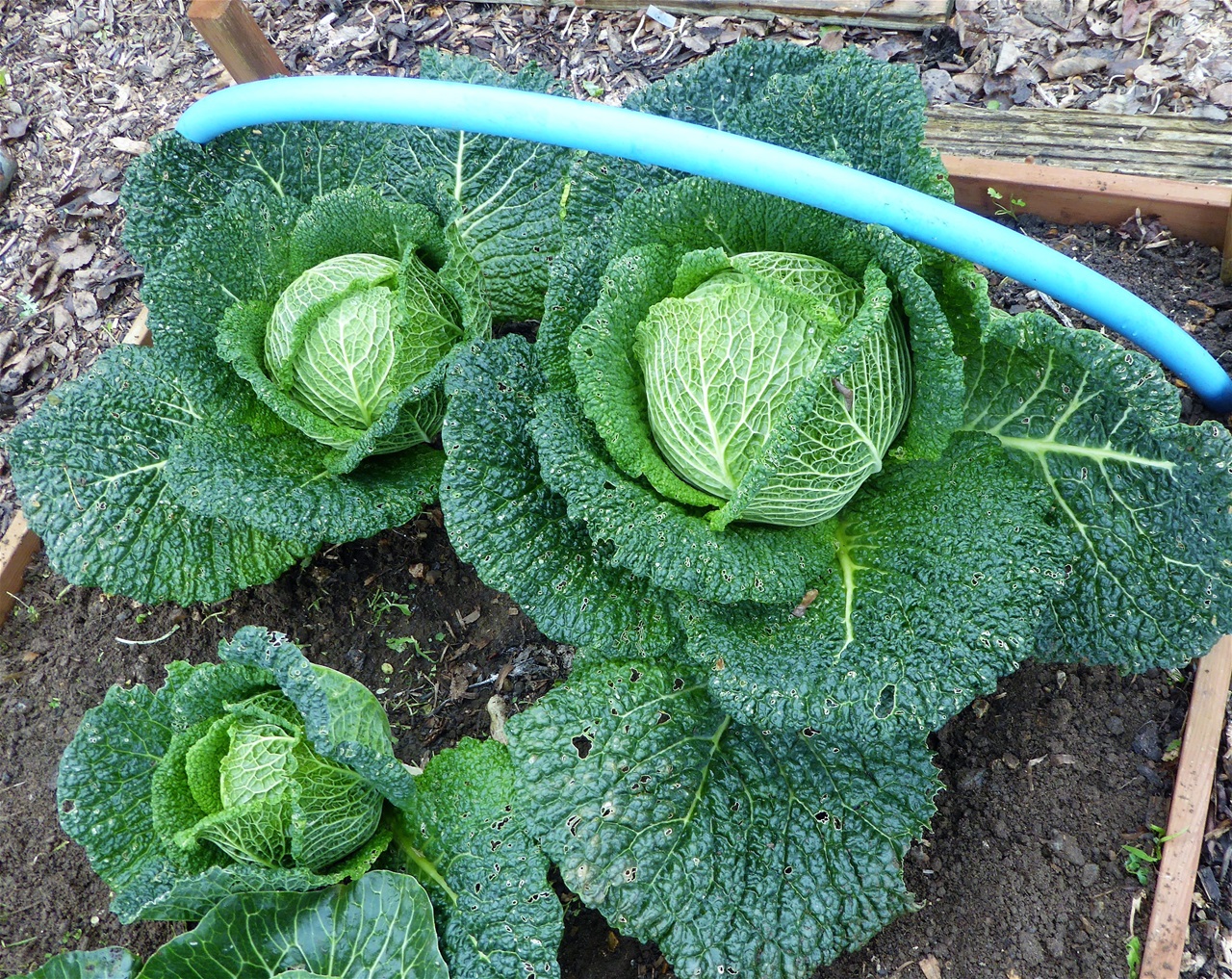
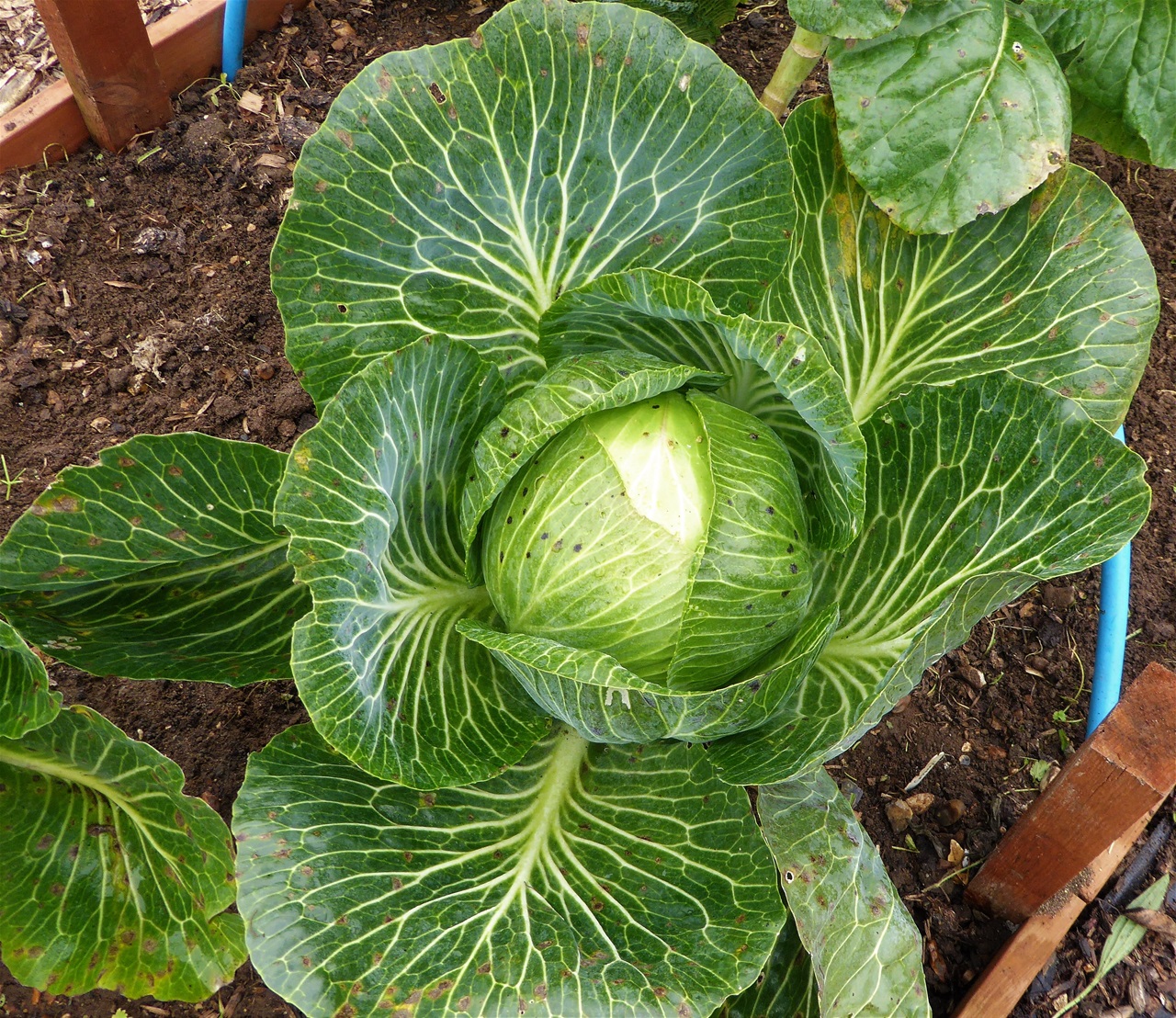
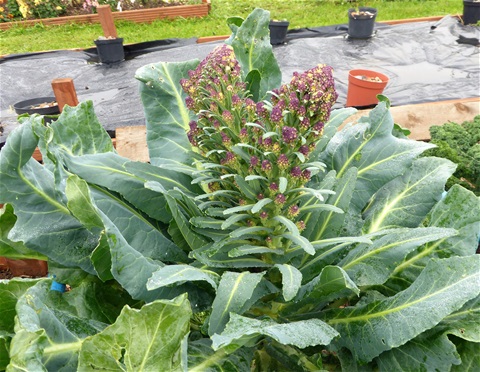
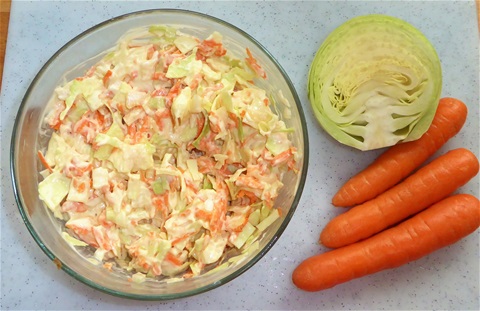
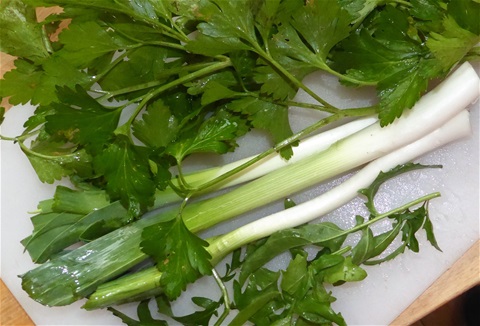

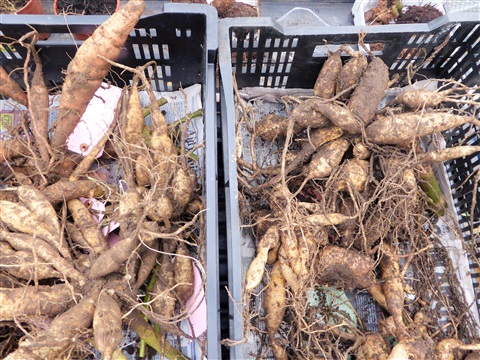
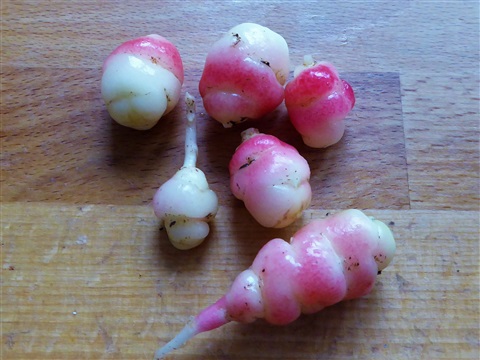
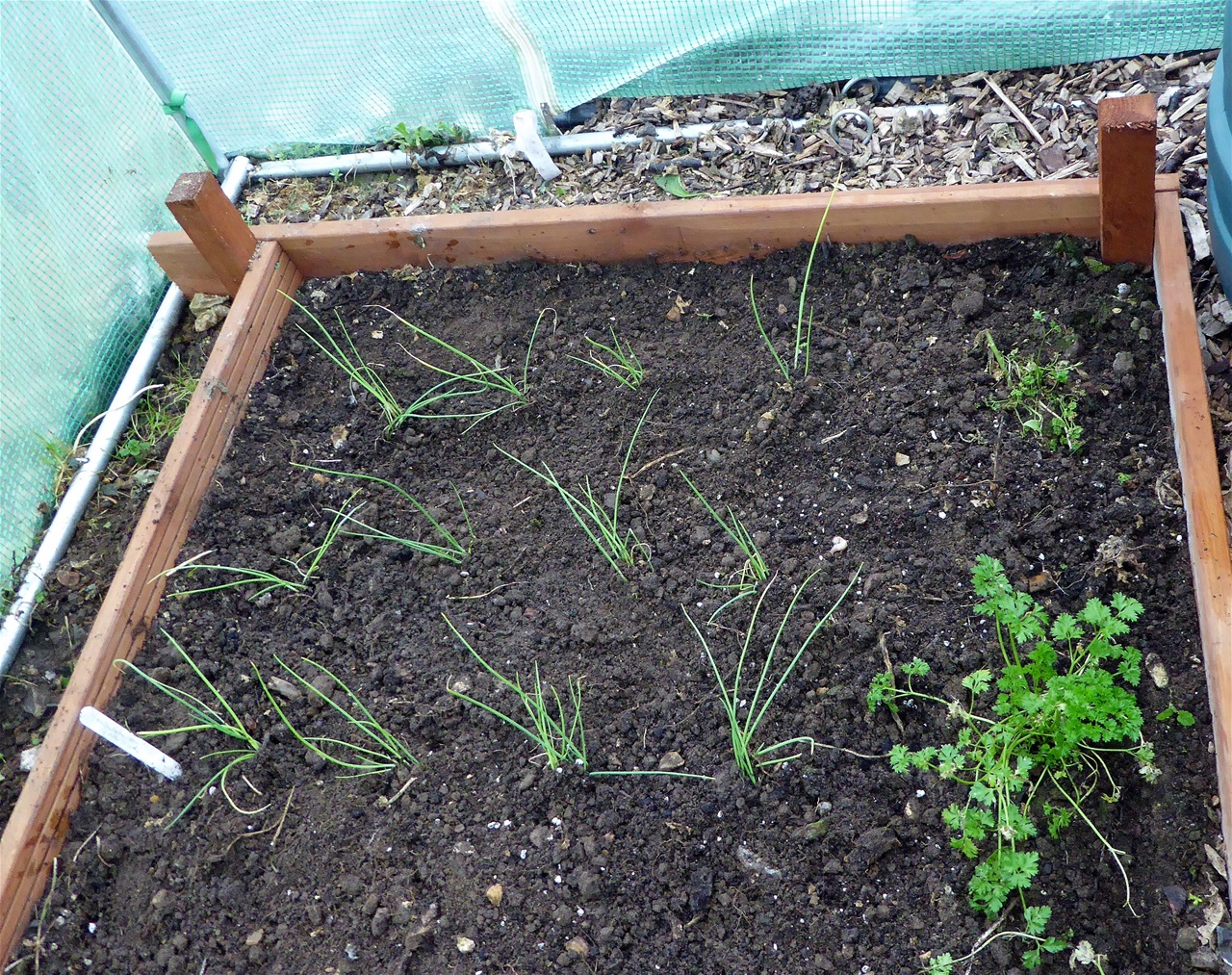
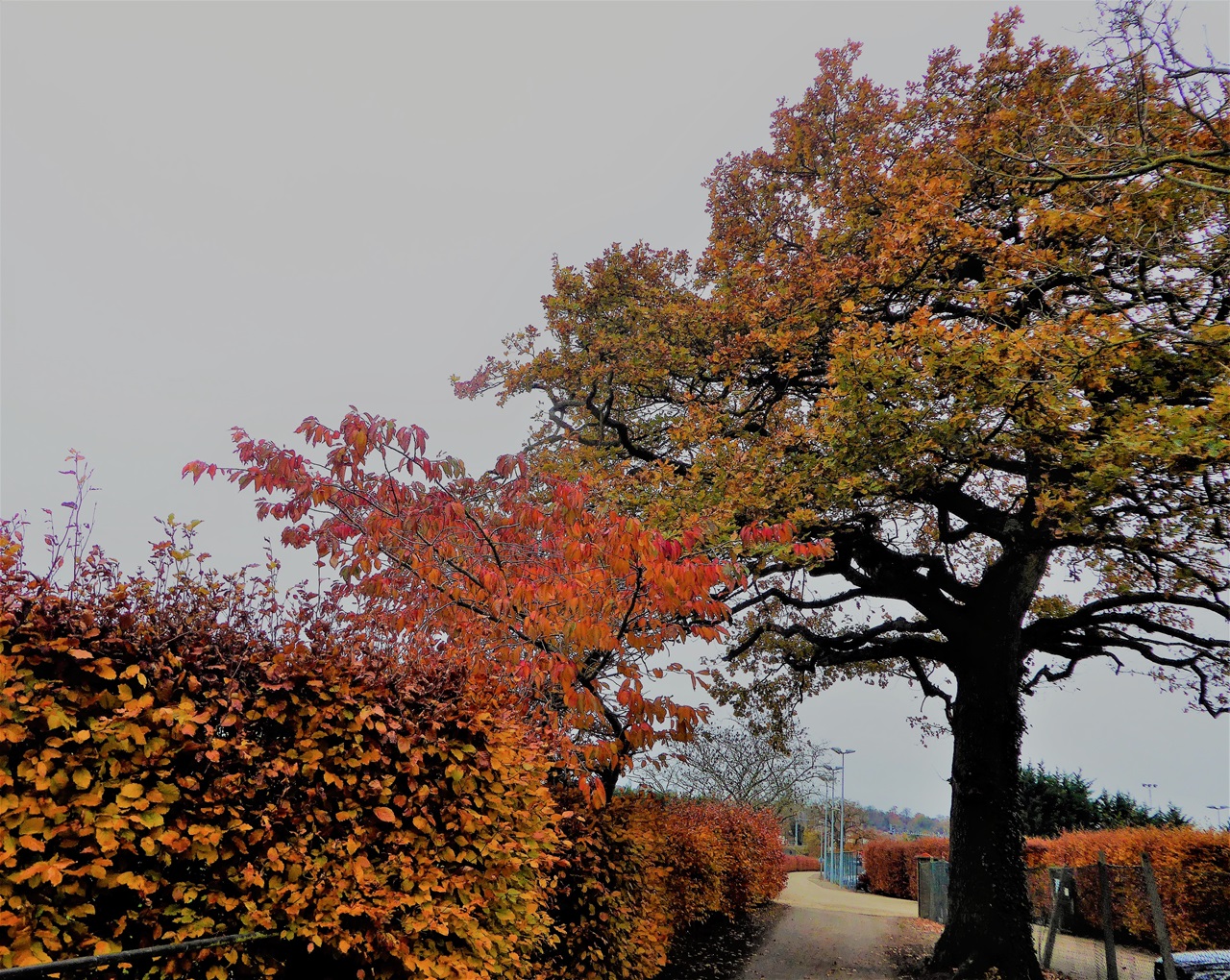
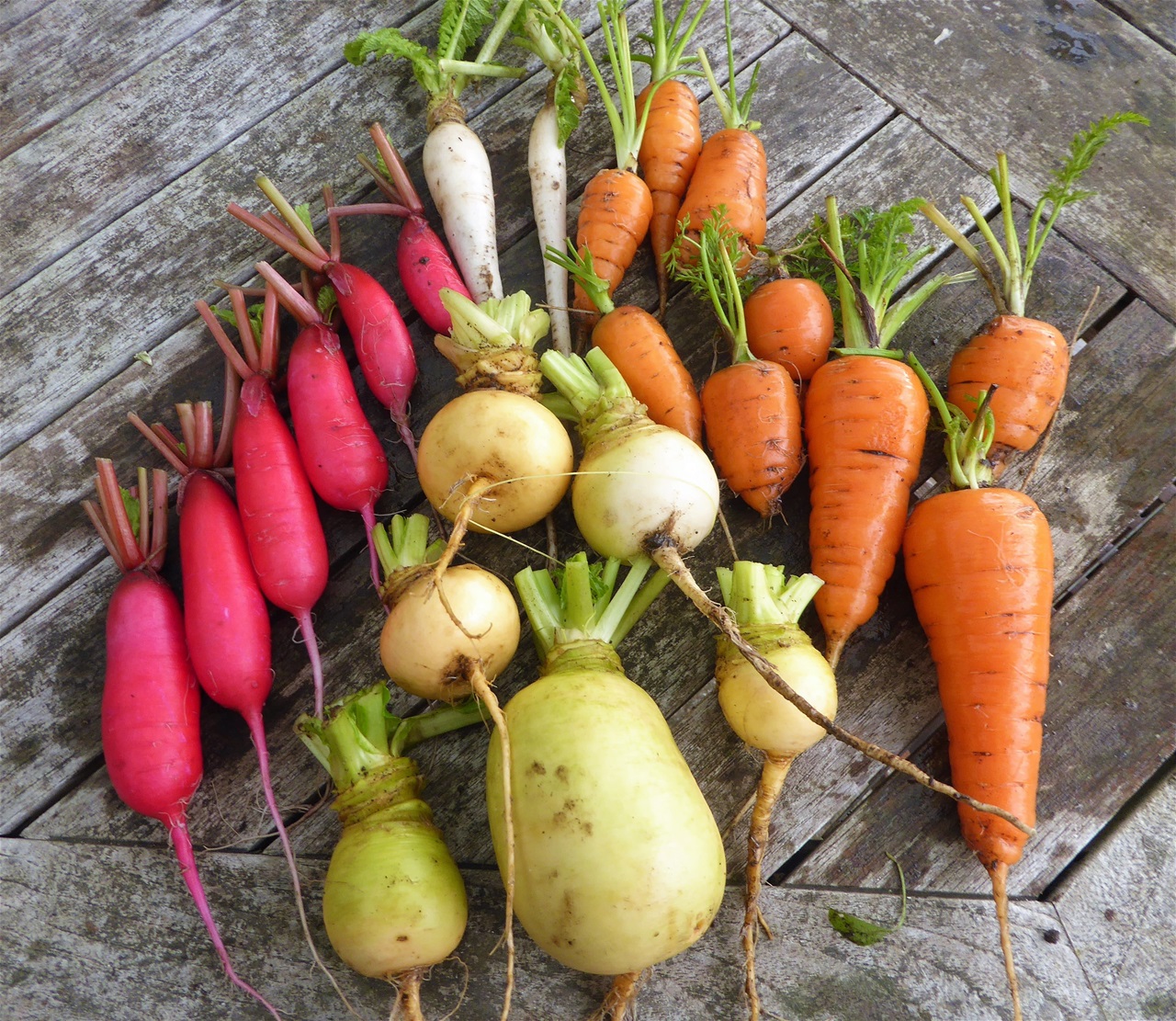
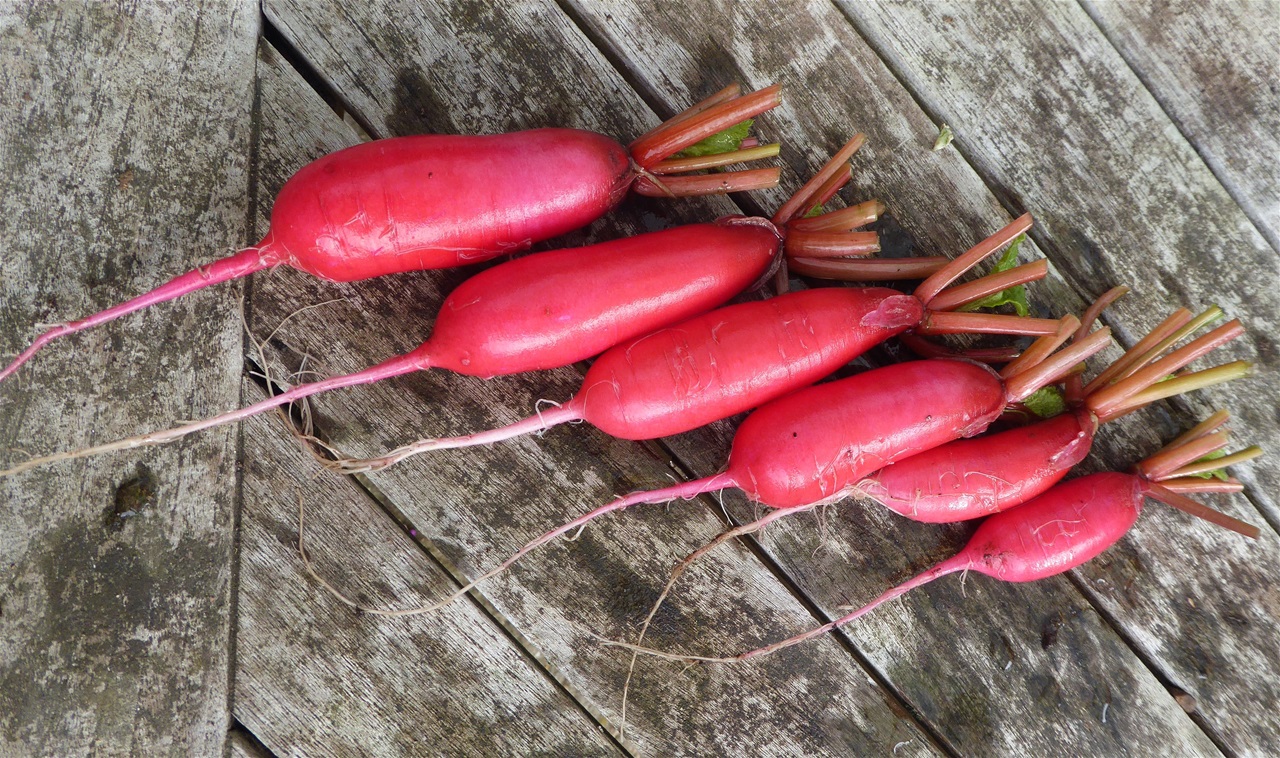
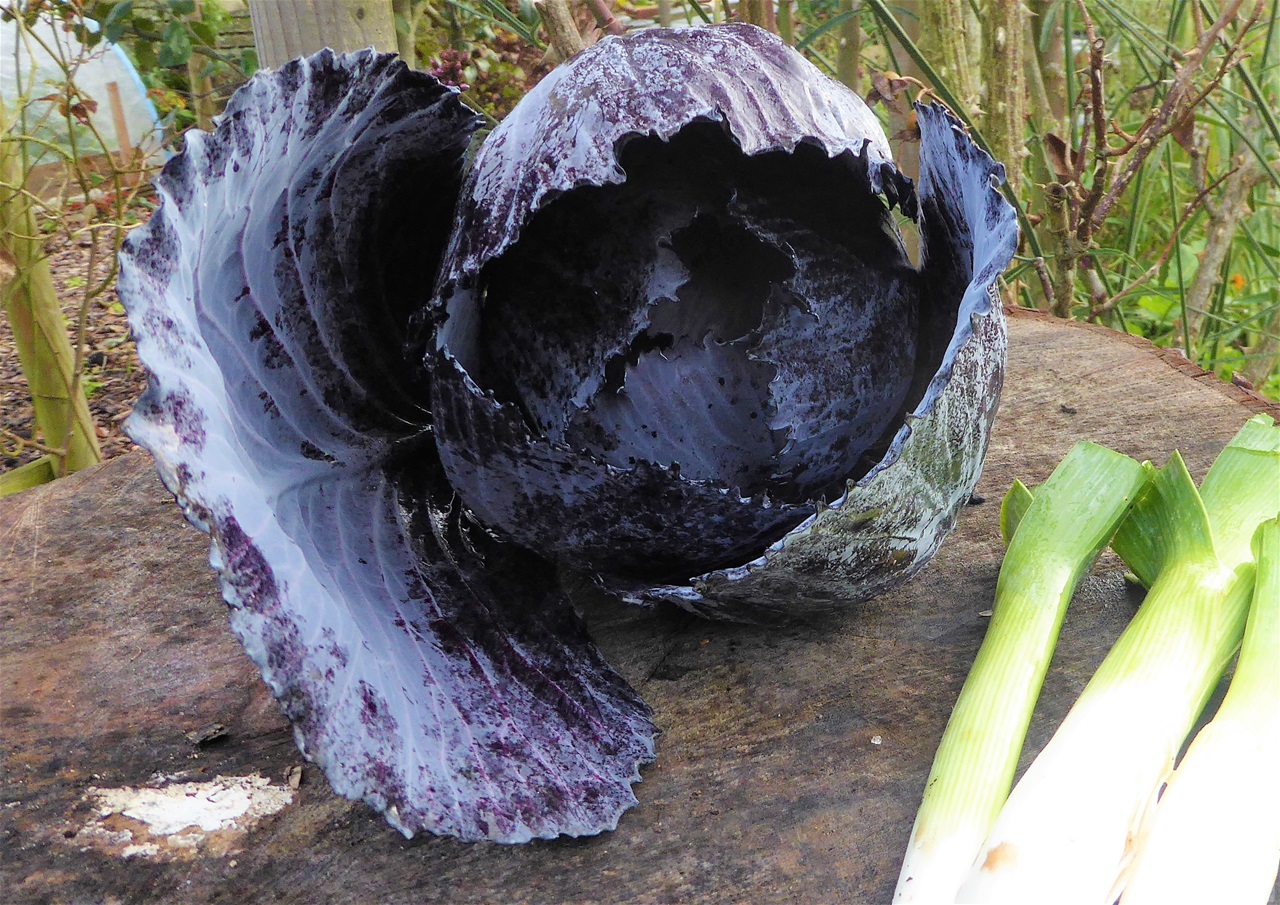
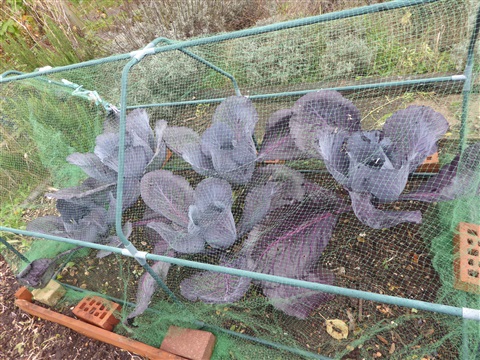
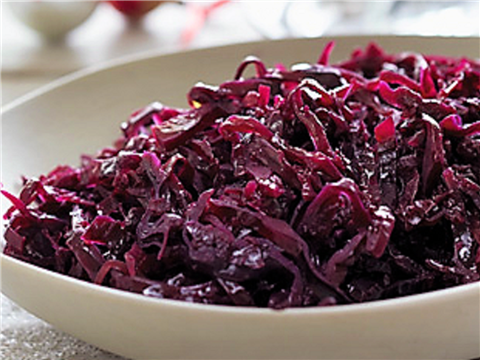
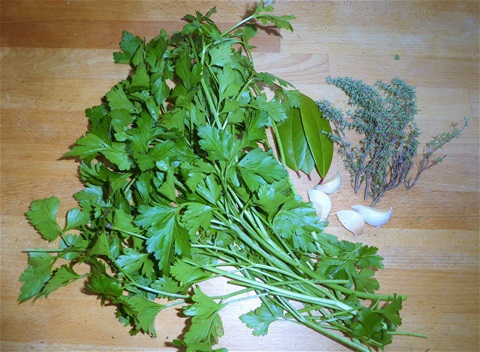

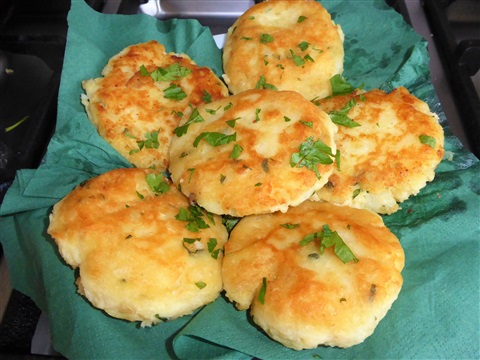

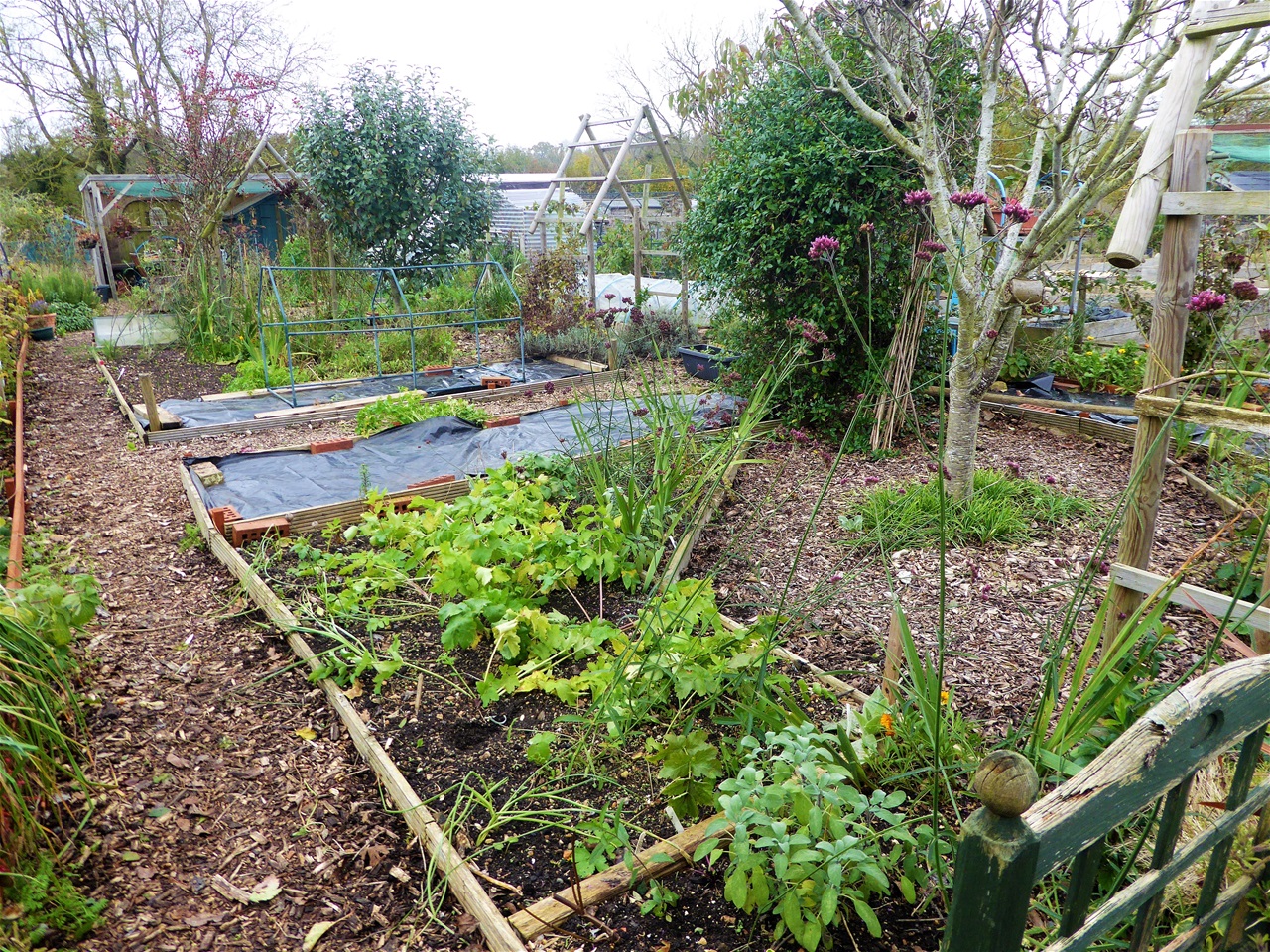
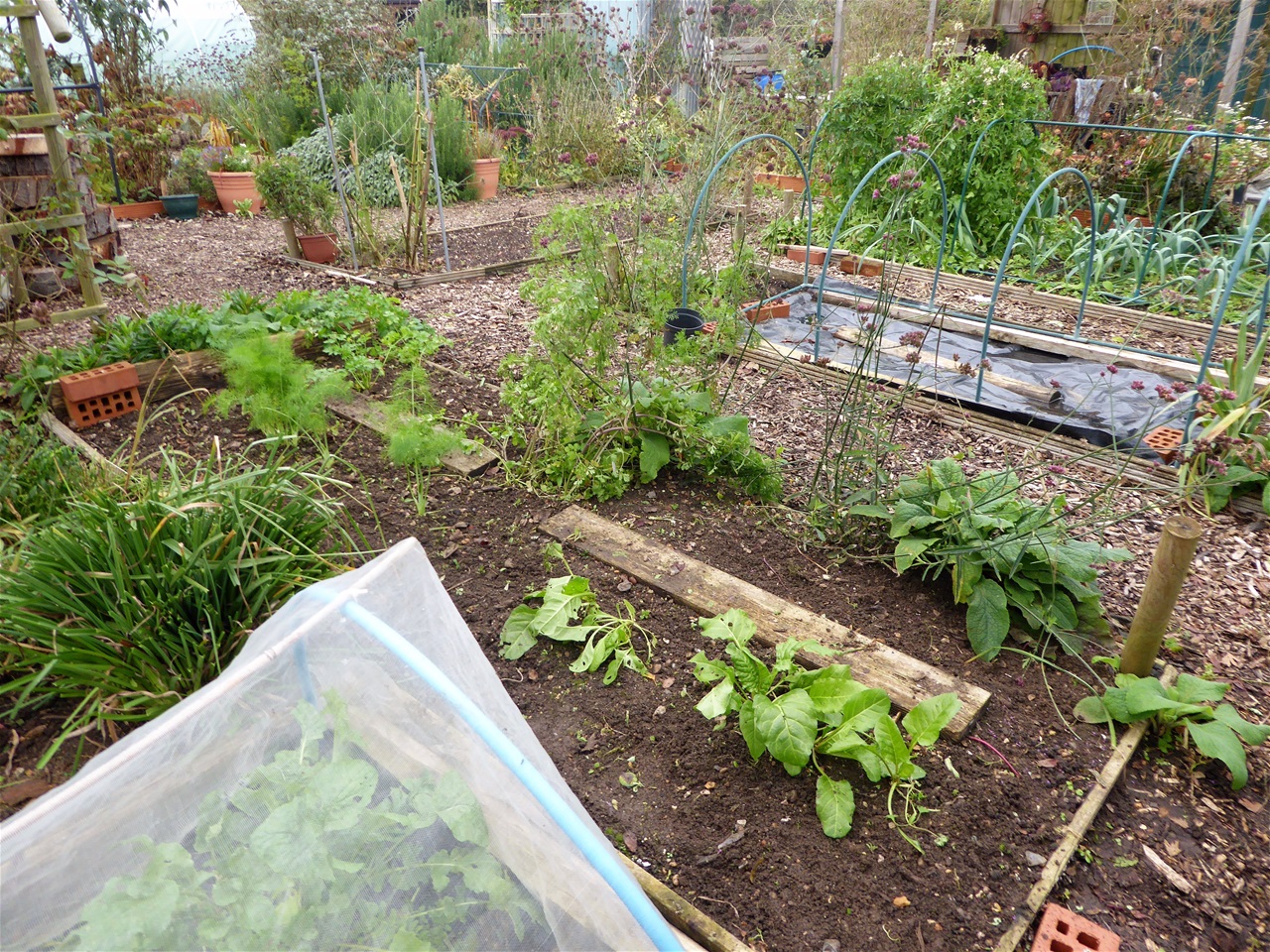
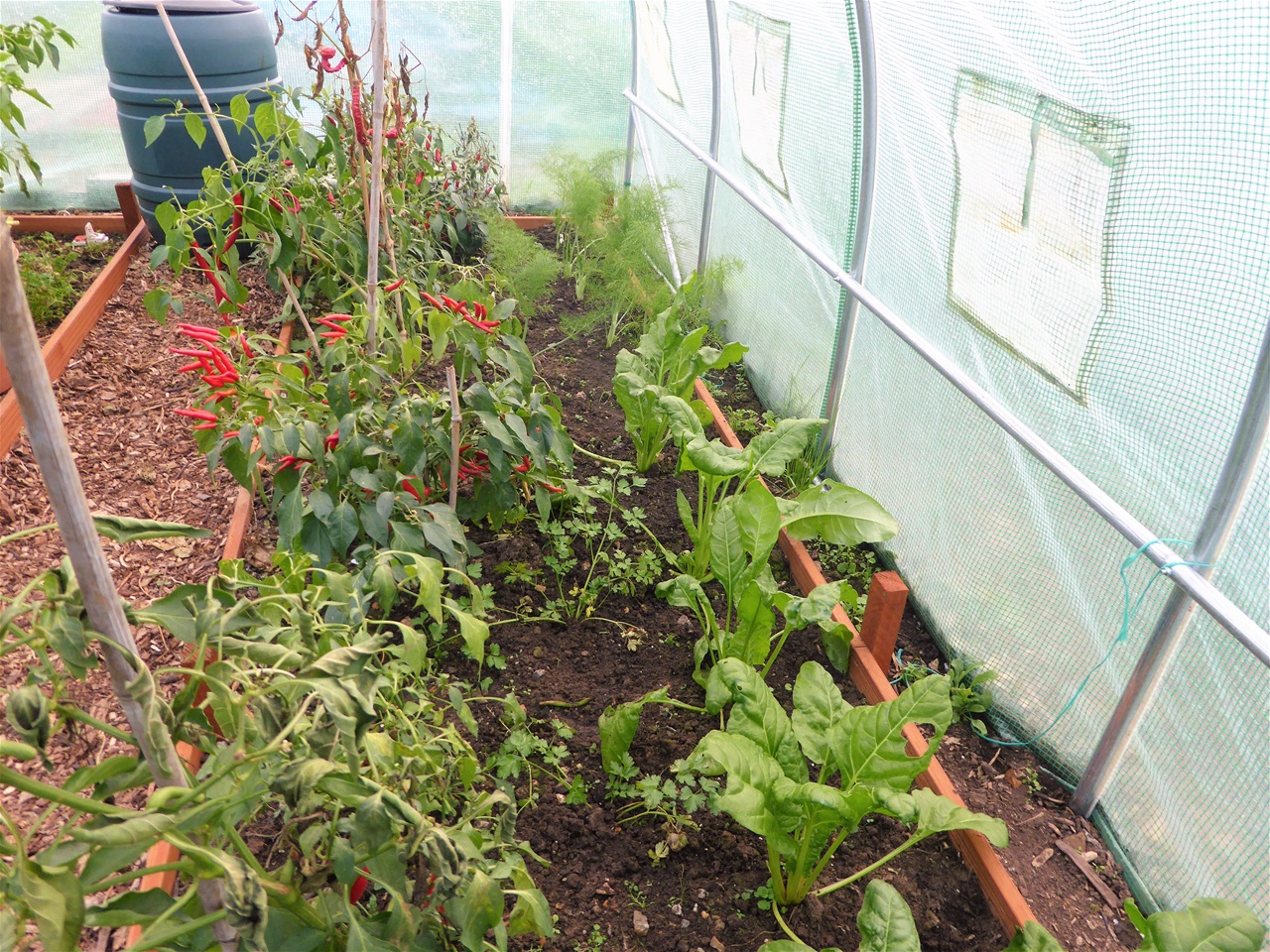


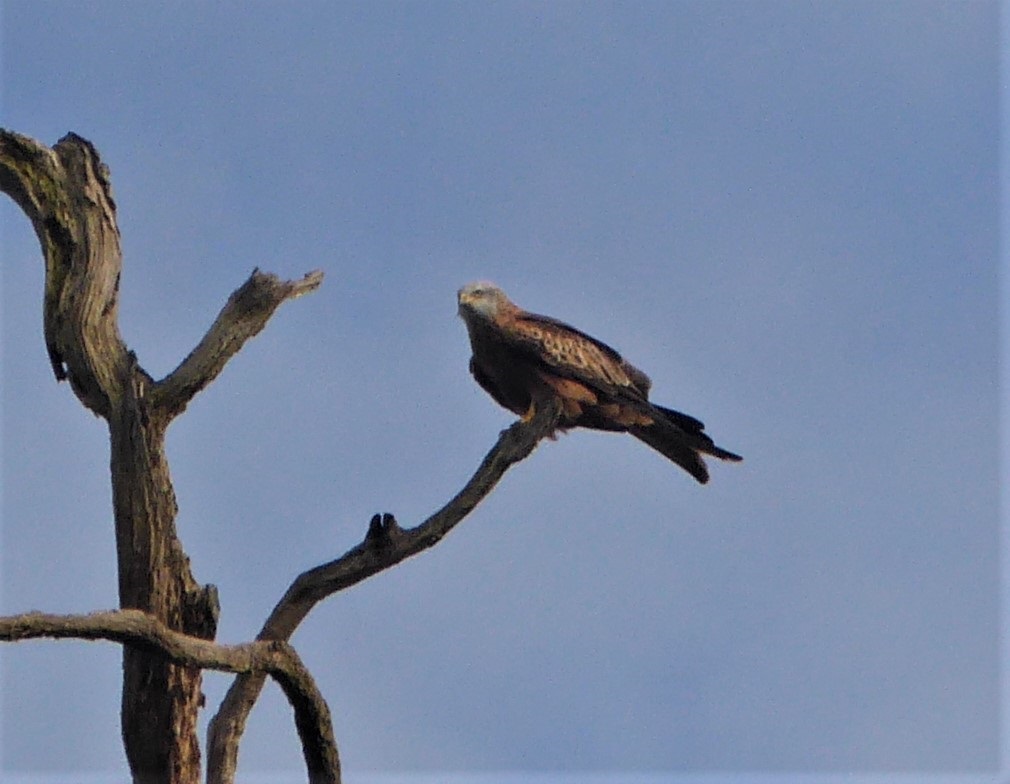
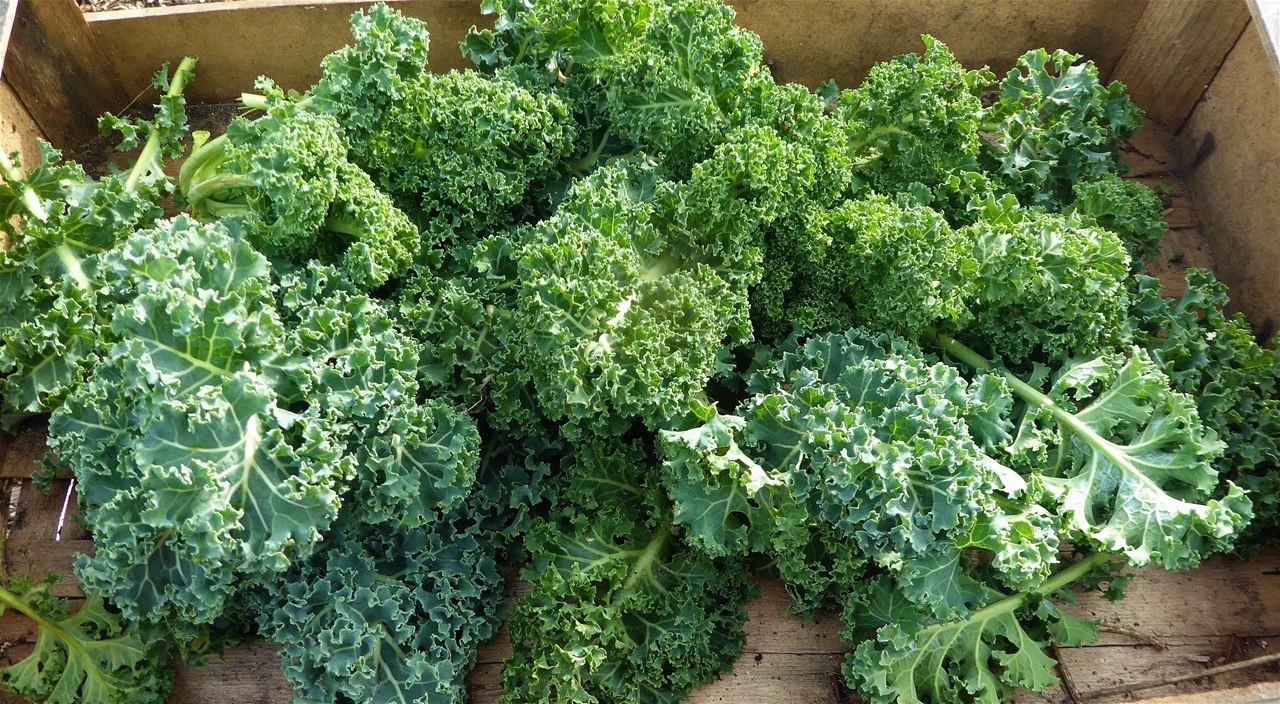
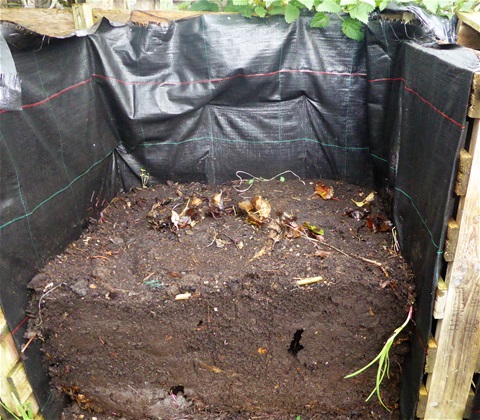



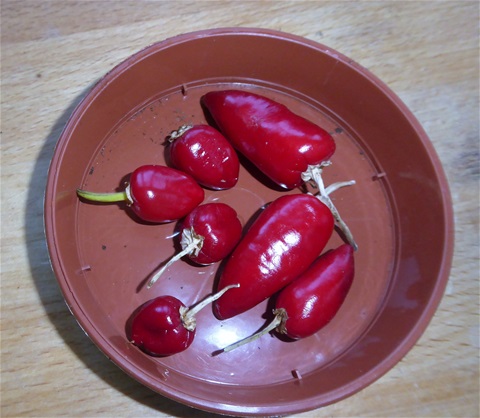


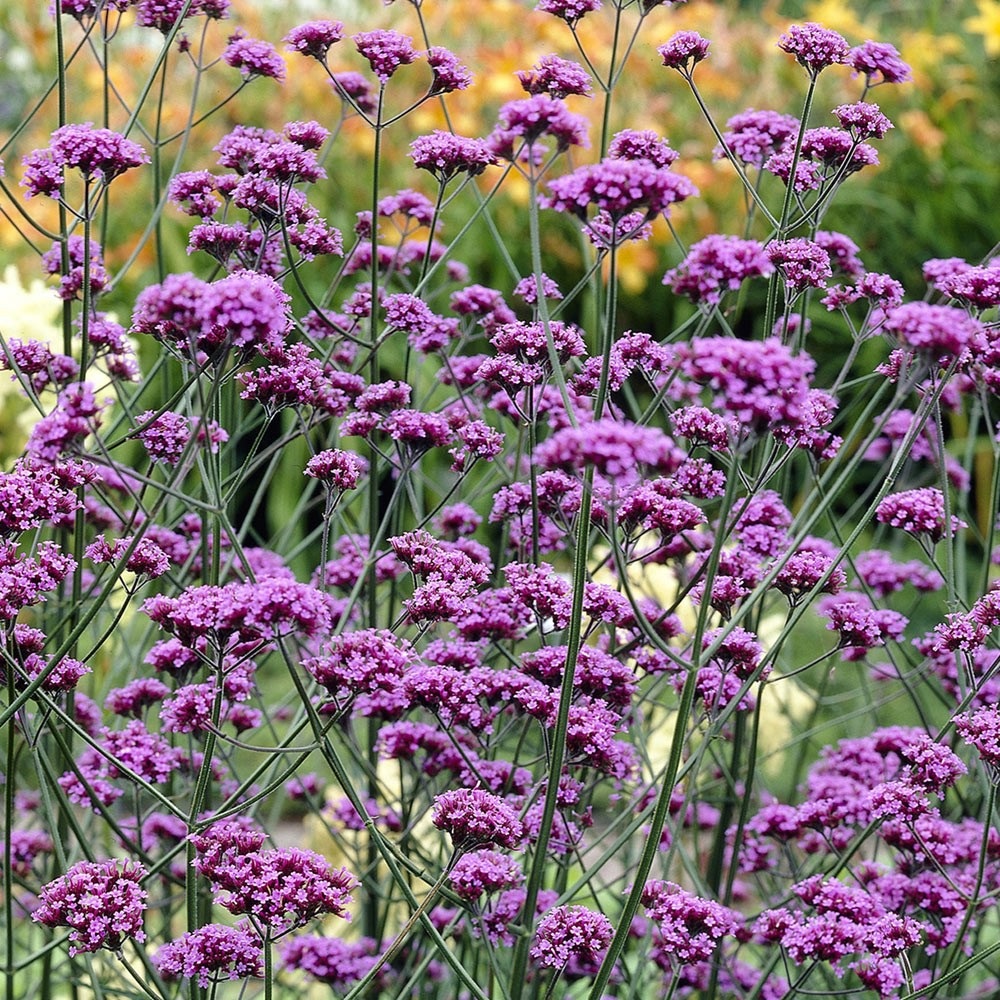
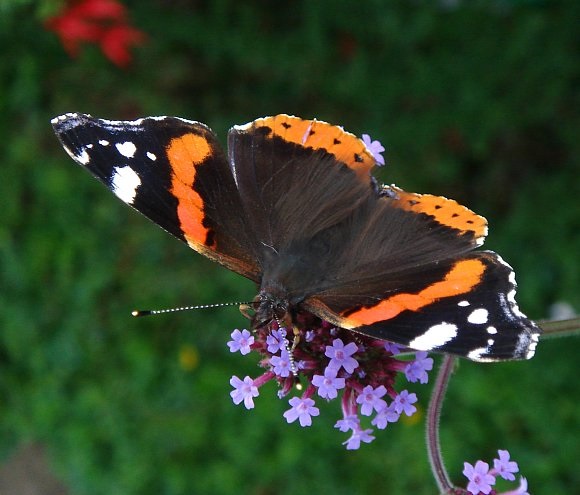
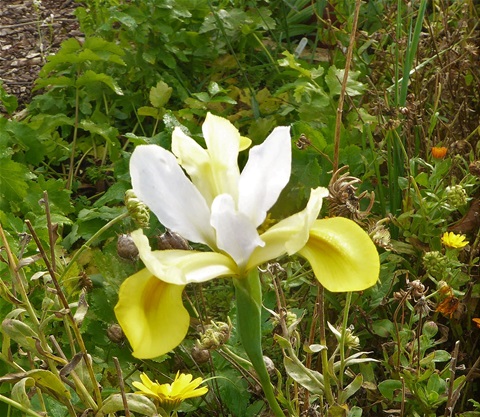
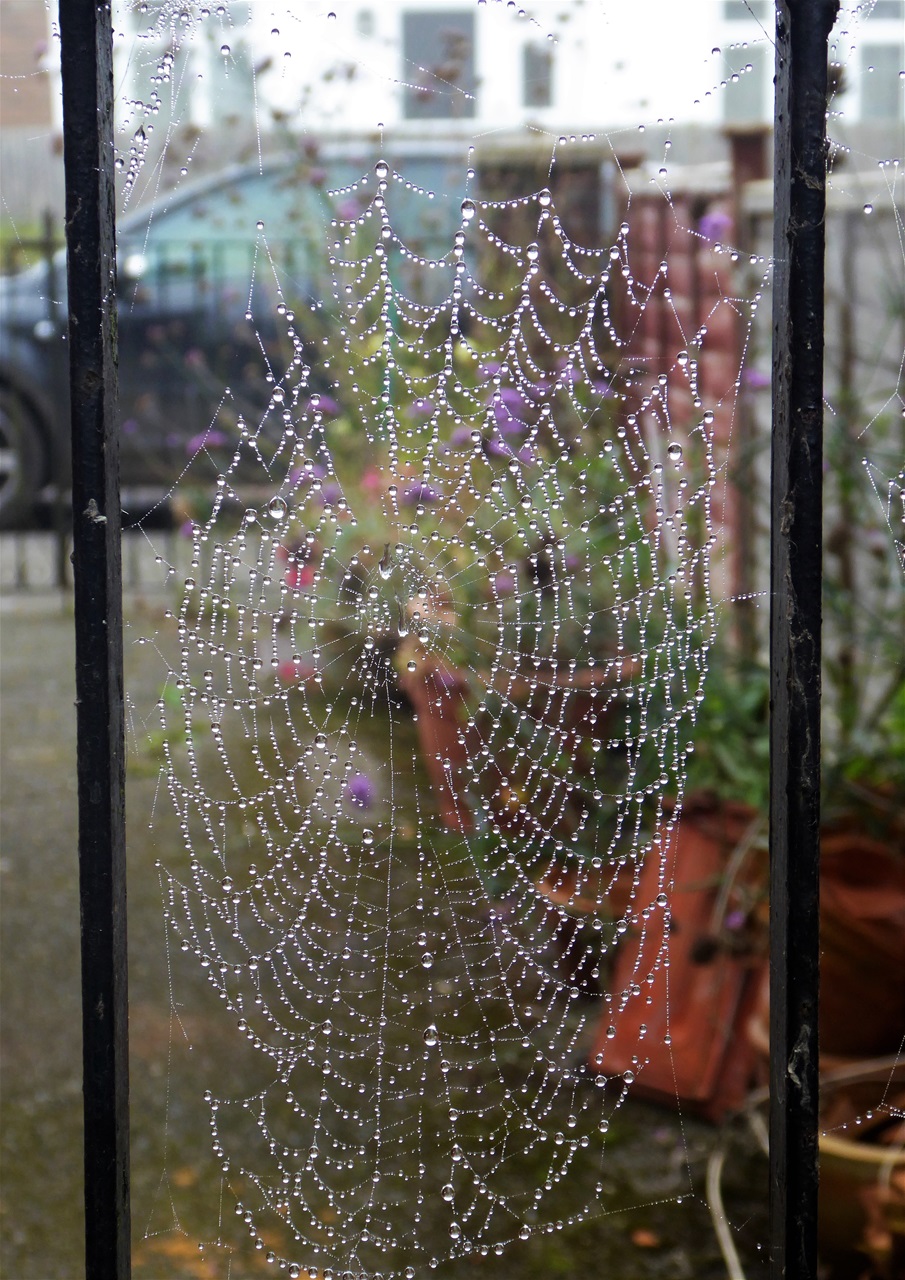
Dave@OurHappyAcres
What a colorful harvest of chillis! I've been drying them out on the front porch to keep the aroma outside. It looks like you grow some that are hotter than I grow, since I prefer milder ones.
Kathy
They'll be being ground up outside for sure, Dave lol
Dave@OurHappyAcres
Your cabbages are lovely, especially the savoys. Mine are slow to head up this year so I'm glad they can take the cold.
Kathy
Thanks Dave. Hope yours head up soon. They will be worth the wait though, I'm sure!
Kathy
Glad to hear that those radishes will take the cold OK as the weather is certainly chilling down now! We are lucky enough to have kites in the sky most days here. Beautiful birds
Dave@OurHappyAcres
Those 'surprise' crops are always nice! I bet the China Rose can take quite a bit of cold. I've grown it in the past but not this year. And what a treat to see the kite!
Kathy
I make the covers out of netting and old cloche frames or good old blue water pipe. Without them lots of our crops would be lost
Trillium
It's great to find little gems still growing in the garden when you think you've pulled most of them. And I love that netted cover. Wish we had such items here.
Dave@OurHappyAcres
I love hearing about your compost! Did you add red worms to the compost bins at some point? The kale is lovely too, it looks nice and clean and worm-less. BTW I do make kale and potato hash too.
Kathy
The red worms are brandlings and they just arrived, maybe via eggs in the soil beneath the bin or with something added over the years. Very happy to have them!!
Kathy
Thank you for the kale idea Phuong... definitely worth a go, but here it would be potatoes, as we don't have sweet potatoes
Phuong
It looks like you're getting a lot done in your garden. Your kale and peppers are pretty. I know Dave makes sweet potato hash with his kale, which I'll be trying this winter.